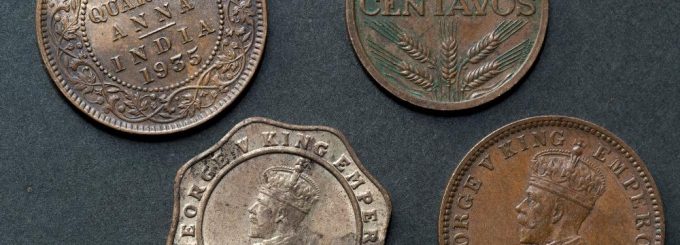What Makes a Coin Valuable? The Top Factors That Affect Its Price

Collecting coins can be both a fascinating hobby and a potential investment. However, understanding what makes a coin valuable is key for collectors. The top factors affecting coin’s value include rarity, condition, demand, and historical significance.
Knowing these factors helps you identify which coins in your collection might be worth more than others. In this article, we will look at the top factors affecting a coin’s value and how these elements come together to form a coin’s market worth.
Rarity and Demand
Rarity is often the most obvious factor when determining a coin’s value. The less available a coin is, the more likely it will be sought after by collectors. For instance, limited mintage coins often fetch higher prices due to the scarcity of supply. The demand for rare coins, like those from specific historical periods or limited series, also plays a big role in their value. A coin that is rare but not in demand may not be worth as much as one that is both rare and highly sought after.
Mintage is a key aspect of rarity. It refers to the total number of coins produced during a specific year or period. Coins with a low mintage are typically more valuable because fewer of them were made, making them harder to find in good condition.
Condition of the Coin
The condition of a coin is another significant factor in its value. A coin’s grade is determined by its appearance, including factors like wear, damage, and overall preservation. Coins that have been well-preserved and remain in their original state are considered much more valuable than those with significant wear or damage. Coins that are uncirculated, or those that have never been in general circulation, are especially valuable.
For example, an uncirculated Indian Head penny or V nickel from the 1800s can be worth much more than a circulated coin from the same year. The more pristine a coin’s condition, the higher its potential price. To protect a coin’s value, it is important to handle it carefully, avoiding touching its face or reverse side, as oils from the skin can tarnish the surface.
Age and Historical Significance
The age of a coin can influence its value, but not always in the way you might expect. Older coins, especially those that have survived the test of time, often carry a higher value due to their historical significance. However, not all old coins are valuable. Some ancient Roman or Greek coins, for instance, are so common that they can be purchased cheaply.
The true value of an old coin often comes from its rarity and the historical context surrounding it. Coins from significant events or periods in history—such as wars, political changes, or cultural shifts—can be worth much more. An old coin in excellent condition with a compelling backstory will generally have higher value.
Precious Metal Content
Coins made from precious metals like gold, silver, platinum, or palladium are often more valuable than those made from base metals like copper or nickel. The intrinsic value of the metal itself contributes to the overall value of the coin. For example, gold coins, such as the Gold Double Eagle, are not only valuable for their rarity but also because of the high market price of gold.
In many cases, coins made from precious metals, such as gold bullion coins, are highly sought after by investors who are looking to capitalize on the market price of the metal. The value of these coins is often tied to the market value of the metal they contain, in addition to their numismatic value.
Trust Coin Exchange for a Professional Evaluation
We understand how important it is to accurately assess the value of your coins. Our team of experts at Coin Exchange is ready to help guide you through the complex world of numismatic investment. Whether you are just starting your collection or looking to sell valuable coins, we offer advice and services tailored to your needs.
Let us help you navigate the factors that affect your coin’s value and make informed decisions for your collection.


